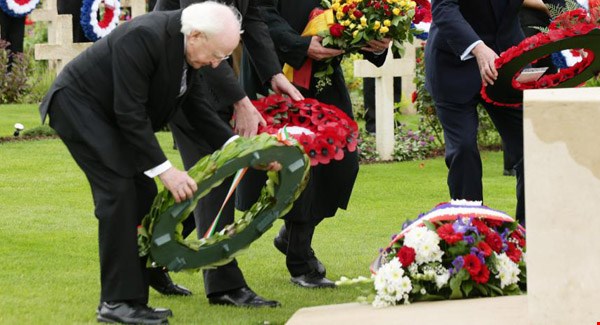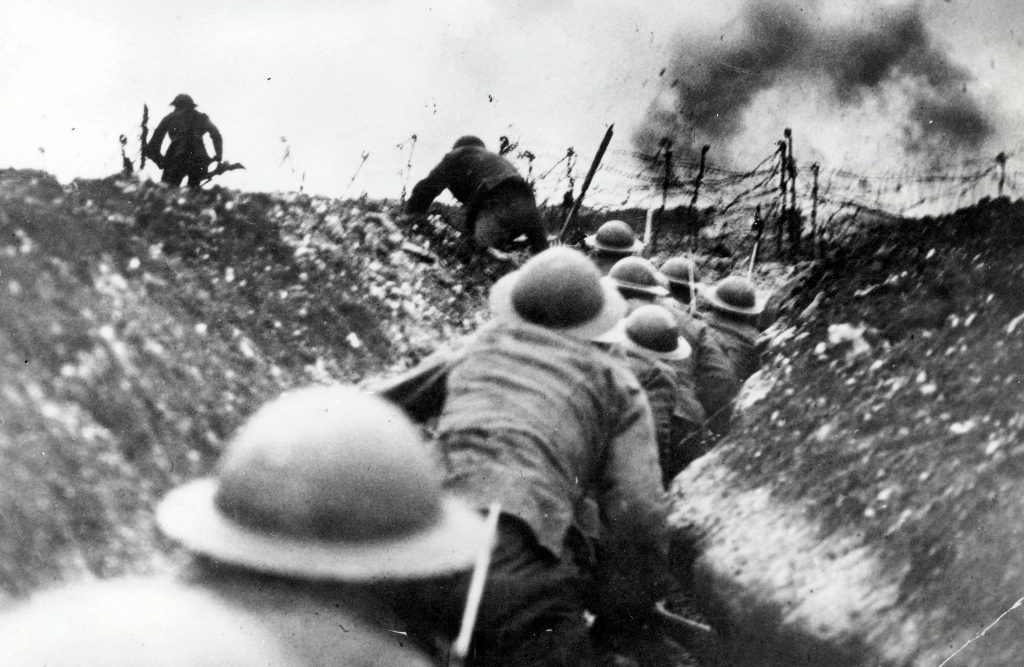In This Section
- Home
- Collections
- Atlas Resources for Schools
- Cork Fatality Register
- Mapping the Irish Revolution
- Mapping IRA Companies, July 1921-July 1922
- Mapping the Burning of Cork, 11-12 December 1920
- Martial Law, December 1920
- The IRA at War
- The Railway Workers’ Munitions Strike of 1920
- The Victory of Sinn Féin: The 1920 Local Elections
- The War of Words: Propaganda and Moral Force
- The IRA Offensive against the RIC, 1920
- De Valera’s American Tour, 1919-1920
- The British Reprisal Strategy and its Impact
- Cumann na mBan and the War of Independence
- The War Escalates, November 1920
- The War of Independence in Cork and Kerry
- The Story of 1916
- A 1916 Diary
- January 9-15 1916
- January 10-16, 1916
- January 17-23, 1916
- January 24-30, 1916
- February 1-6 1916
- February 7-14, 1916
- February 15-21, 1916
- February 22-27, 1916
- February 28-March 3, 1916
- March 6-13,1916
- March 14-20, 1916
- March 21-27 1916
- April 3-9, 1916
- April 10-16, 1916
- April 17-21,1916
- May 22-28 1916
- May 29-June 4 1916
- June 12-18 1916
- June 19-25 1916
- June 26-July 2 1916
- July 3-9 1916
- July 11-16 1916
- July 17-22 1916
- July 24-30 1916
- July 31- August 7,1916
- August 7-13 1916
- August 15-21 1916
- August 22-29 1916
- August 29-September 5 1916
- September 5-11, 1916
- September 12-18, 1916
- September 19-25, 1916
- September 26-October 2, 1916
- October 3-9, 1916
- October 10-16, 1916
- October 17-23, 1916
- October 24-31, 1916
- November 1-16, 1916
- November 7-13, 1916
- November 14-20, 1916
- November 21-27-1916
- November 28-December 4, 1916
- December 5-11, 1916
- December 12-19, 1916
- December 19-25, 1916
- December 26-January 3, 1916
- Cork's Historic Newspapers
- Feature Articles
- News and Events
- UCC's Civil War Centenary Programme
- Irish Civil War National Conference 15-18 June 2022
- Irish Civil War Fatalities Project
- Research Findings
- Explore the Fatalities Map
- Civil War Fatalities in Dublin
- Civil War Fatalities in Limerick
- Civil War Fatalities in Kerry
- Civil War Fatalities in Clare
- Civil War Fatalities in Cork
- Civil War Fatalities in the Northern Ireland
- Civil War Fatalities in Sligo
- Civil War Fatalities in Donegal
- Civil War Fatalities in Wexford
- Civil War Fatalities in Mayo
- Civil War Fatalities in Tipperary
- Military Archives National Army Fatalities Roll, 1922 – 1923
- Fatalities Index
- About the Project (home)
- The Irish Revolution (Main site)
More than 3,500 Irish Died in the Savage Battle of the Somme

The Centenary of the Battle of the Somme Recalls the Futility of War, writes Ryle Dwyer
Today marks the centenary of the start of the Battle of the Somme, which extended over four and a half months and left battle scars that have been felt ever since. It was part of the First World War, the so-called Great War, which had begun in August 1914. It has never received the coverage that it deserves in this country.
This is not to suggest that the Battle of the Somme, or the First World War, should ever have been celebrated, but if they are forgotten it will be at society’s peril.
More than 40,000 Irishmen died in the First World War, and over 3,500 of those died in the Battle of the Somme, which was probably the most savage and futile battle of the whole conflict.
As the war developed into a stalemate, British and French military leaders decided to launch an offensive near the River Somme in the expectation that a major victory would ultimately end the war, and thus save further carnage.
They began an artillery bombardment of the German frontline in the area on June 24 and kept this up until moments before the assault was due to begin seven days later.
In the wake of the bombardment, the Allied planners confidently expected little German resistance. Hence, when the 100,000 Allied troops emerged from their trenches and moved on a 23km stretch of the German frontline at 7.30am on July 1, they were ordered to walk across No Man’s Land in straight lines, only to be confronted by merciless German machine-gun fire. Most never even reached the German line. There were heavy Allied casualties before the assault was halted around noon.
The men of the 36th (Ulster) Division played a major role in the fighting on July 1, 1916. They were among the few units to reach their objective.
They began their advance at 7.10am in small groups while the artillery bombardment was still in progress.
They managed to penetrate the German line and reach into rear positions, taking some 500 prisoners, but due to the failure of flanking divisions to keep pace, the 36th Division had to abandon the ground gained the next day. In the process it suffered 5,500 casualties — 2,069 of whom were killed.
The division was largely recruited from the unionist community throughout what later became Northern Ireland, where those who fought have been enthusiastically celebrated as having fought for the preservation of the UK. The annual Orange parade at Drumcree, Co Armagh, actually commemorates the first day of the Battle of the Somme.
Irishmen from outside Ulster were also killed that day, but they were seldom commemorated. The 1st Royal Irish Fusiliers captured the position called the Quadrilateral on the first day, but, like the 36th Division, it had to abandon its gain due to the failure of the flanking units to keep pace.

Of the 503 men of the 2nd Royal Dublin Fusiliers engaged in the assault that day, there were 325 casualties.
Official British casualties that day were 57,470 soldiers, killed, wounded, or taken prisoner, which amounted to almost half those who went into battle. The death toll was 19,240; German losses were estimated at 8,000.
The Battle of the Somme developed into a conflict of attrition. The 1st battalion of the Royal Munster Fusiliers, and the 7th battalion of the Royal Irish Rifles were heavily involved in further Allied assaults in September but little ground was gained during the whole Battle of the Somme, which extended from July 1 to November 24, 1916, a total of 147 days. In that whole time the Allied forces only managed to advance a total of 9.6km, while suffering 419,654 casualties in the process. It was estimated that 40 men were killed for every yard gained.
The public attitude towards the war had already changed dramatically in Ireland following the Easter Rebellion, and the ensuing executions. The families of 24 of the 38 Irish Guards killed on the first day of the Battle of the Somme, for instance, refused to furnish the Commonwealth War Grave Commission with personal details of those men killed.
While the Unionist victims of the Somme were celebrated, the nationalist Irish were buried in unmarked graves, and only commemorated with names on the Thiepval Monument — a memorial to 72,195 Allied soldiers who had no known graves after being killed in the Battle of the Somme. We should be mindful of what happened as a grim reminder of the futility of war.
This article was first published in the Irish Examiner on 1 July 2016
